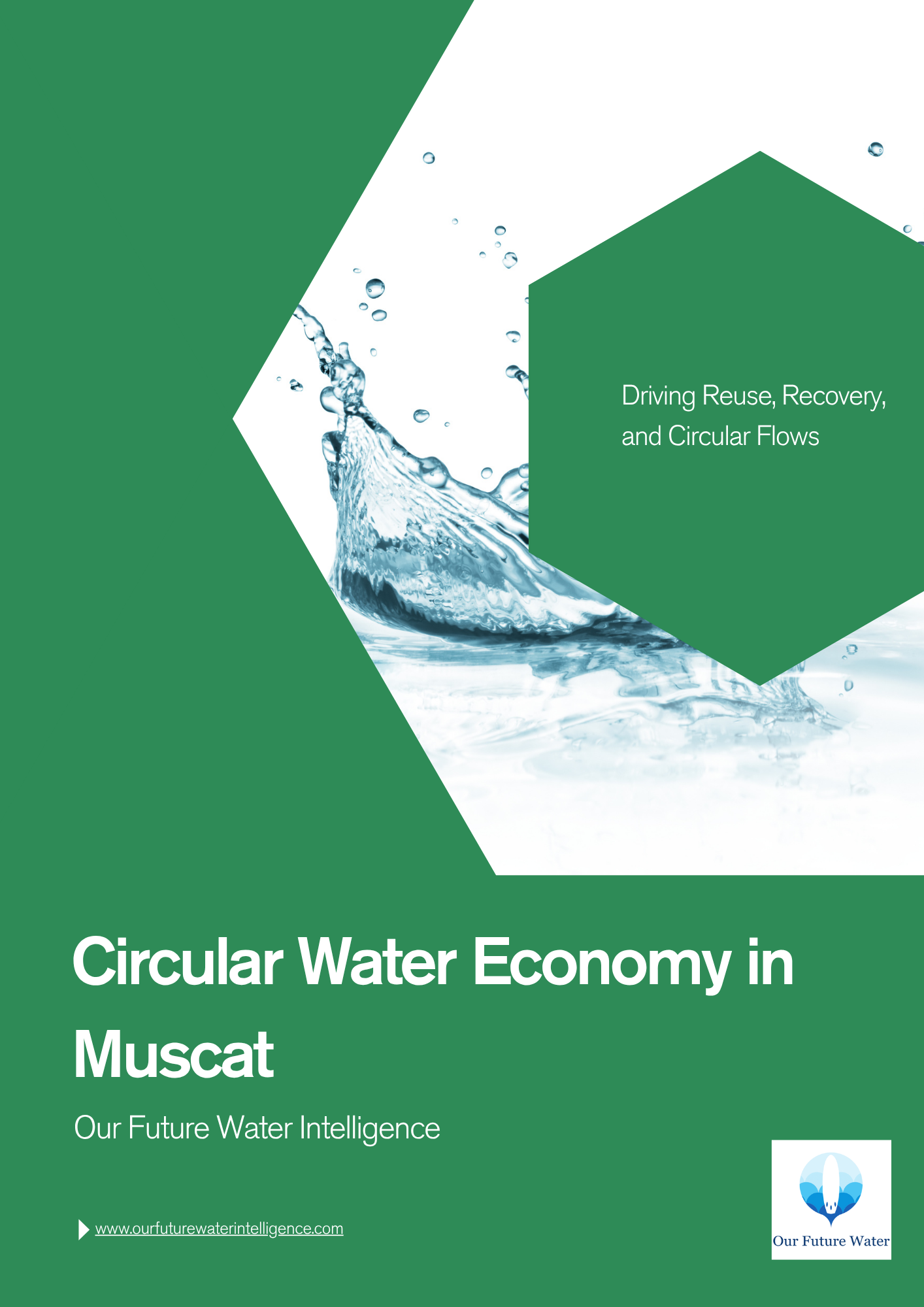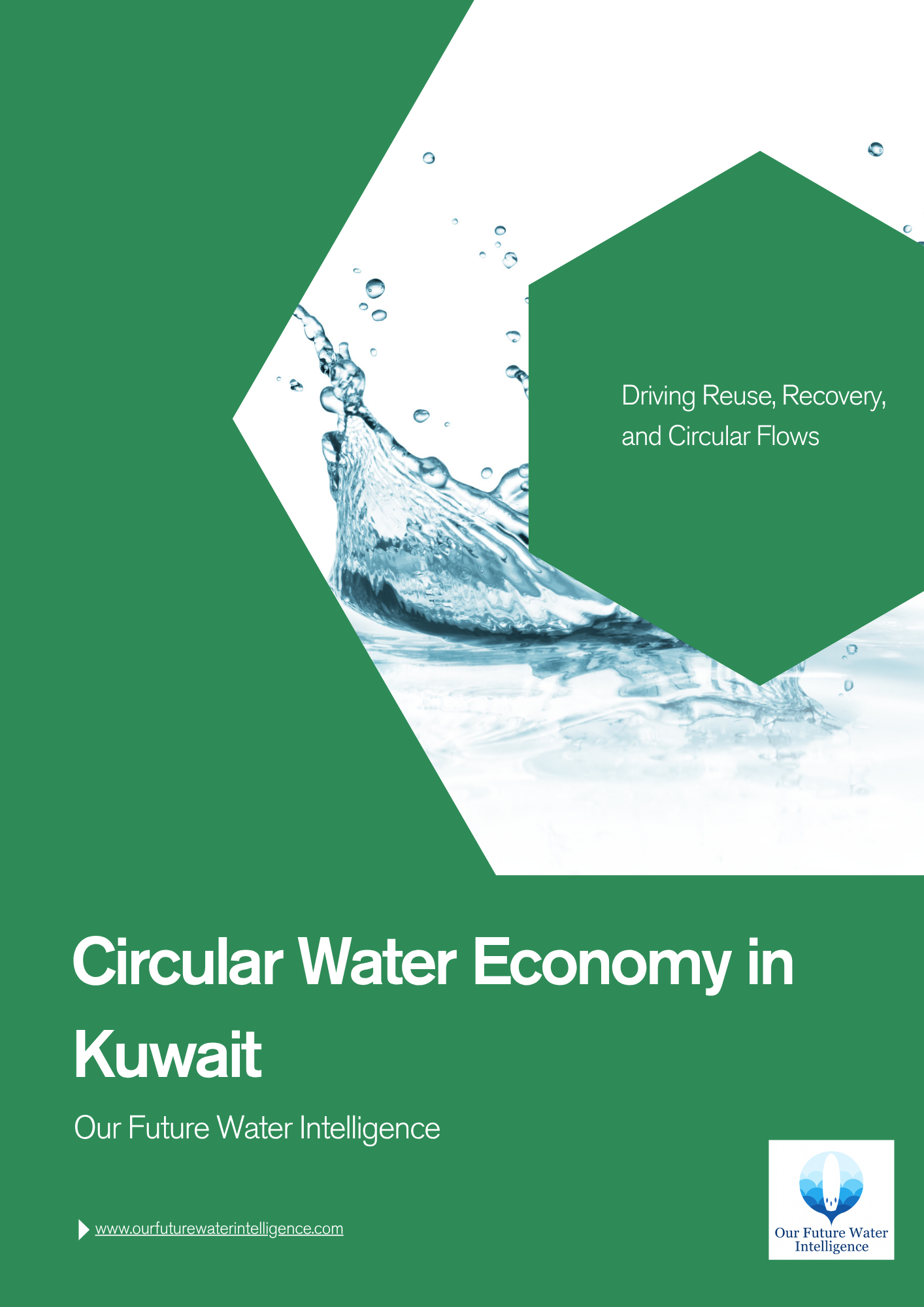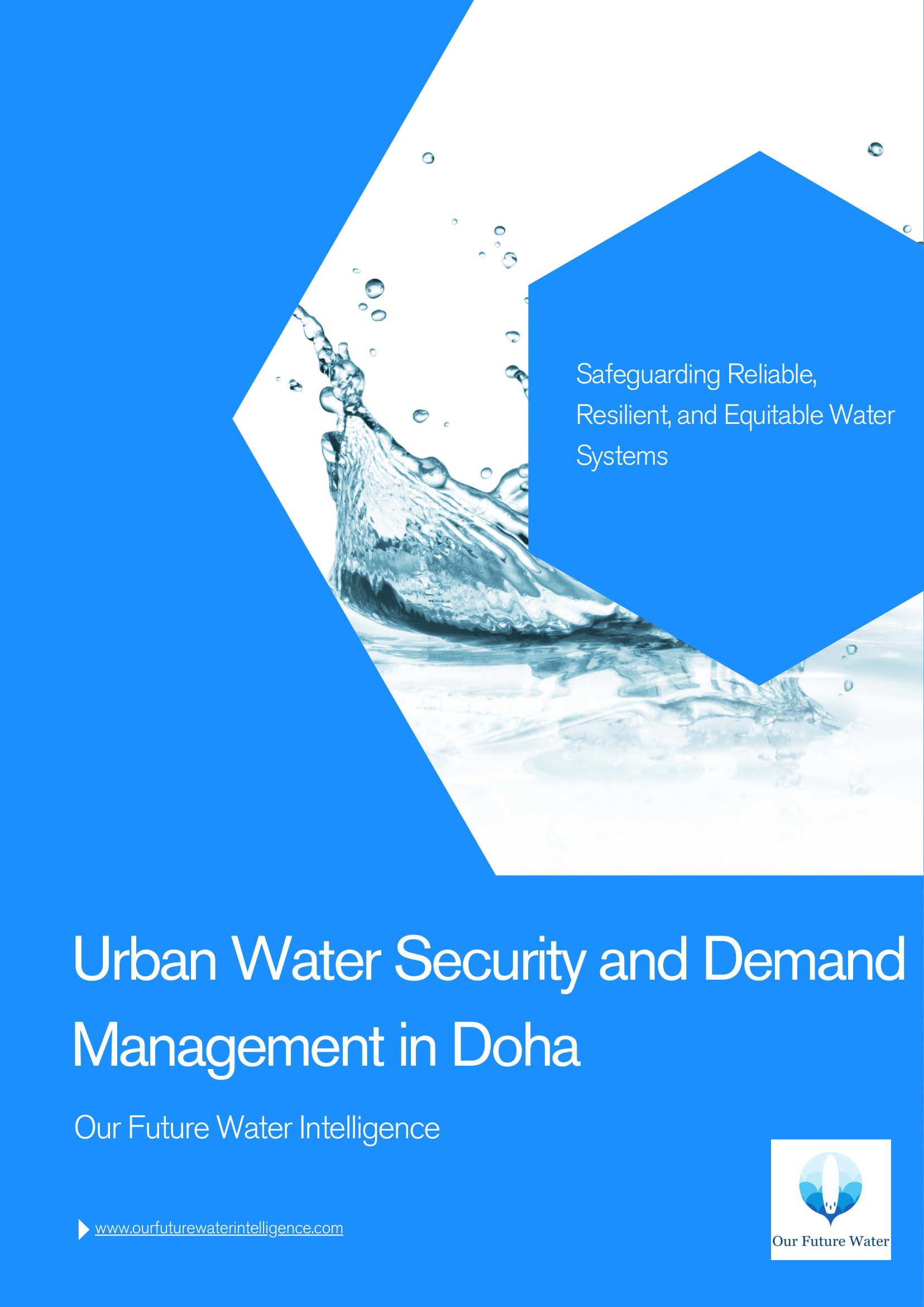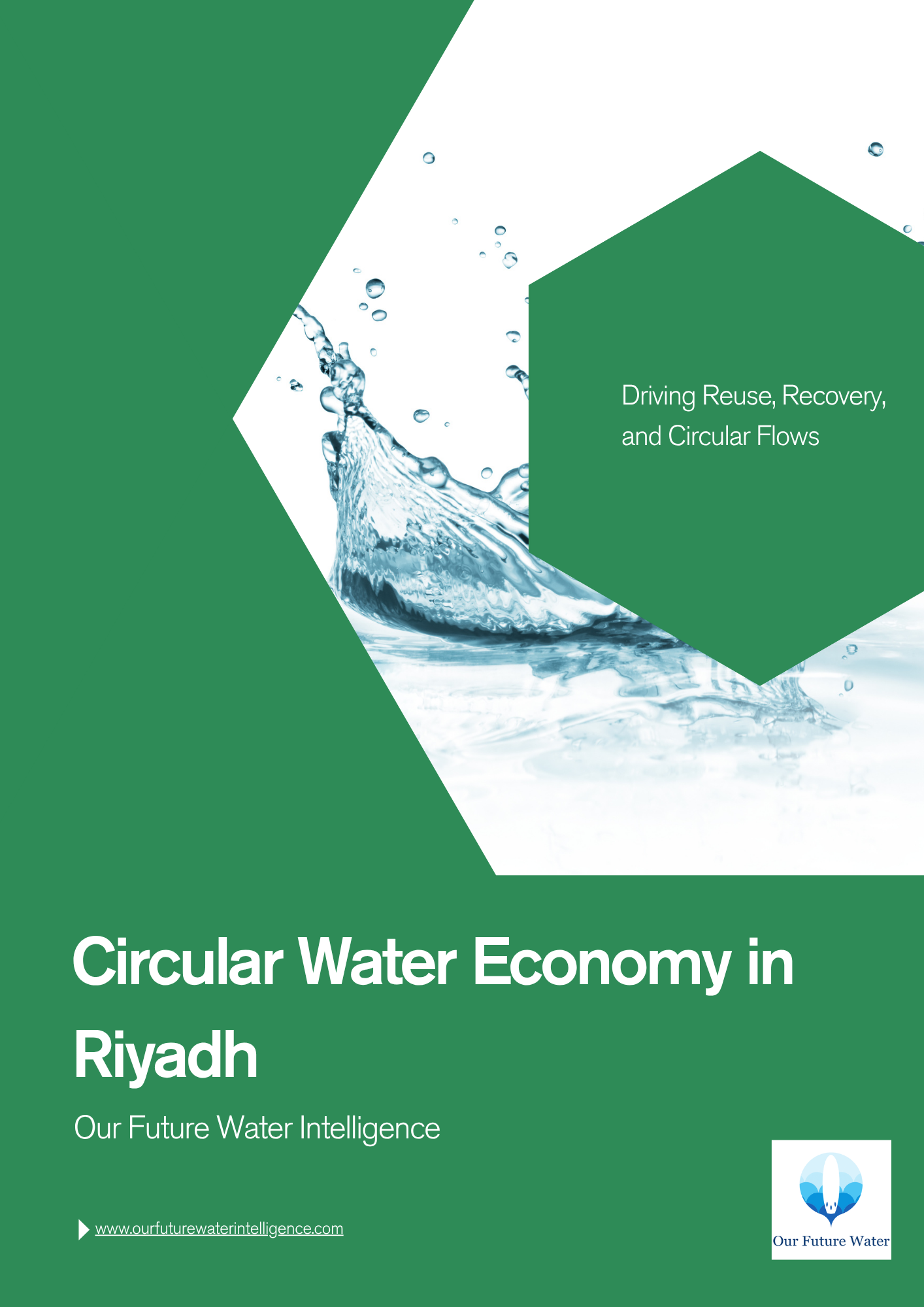
Circular Water Economy in Muscat – Desalination, Reuse & Resilience
Our Future Water Intelligence launches the Circular Water Economy in Muscat report, a comprehensive, data-driven analysis of Muscat’s water sector at a pivotal moment for Oman’s sustainability and climate-resilience goals.
Authored by Robert C. Brears, Founder of Our Future Water Intelligence and an internationally recognized expert on water security, urban resilience, and policy reform, the report examines desalination dependency, wastewater reuse, non-revenue water (NRW), tariff modernization, and governance under Oman Vision 2040 and Net Zero 2050.
KEY FINDINGS
• Muscat depends heavily on desalinated seawater, with groundwater resources maintained as a strategic backup.
• Treated wastewater reuse is rapidly expanding, targeting 100 million m³ annually by 2030 for agriculture, landscaping, and non-potable uses.
• Desalination is energy-intensive, contributing nearly 80% of Nama Water Services’ greenhouse gas emissions, while brine disposal and high costs pose long-term risks.
• Non-Revenue Water (NRW) remains a pressing issue, with losses reaching nearly 40% of total supply in 2023.
• Tariff reforms and smart metering are reshaping demand management, while governance under Oman Vision 2040 and Net Zero 2050 strengthens institutional oversight.
• Infrastructure projects such as Ghubrah III and Wadi Dayqah Dam are diversifying supply and integrating renewable energy into desalination.
• Climate risks—including rising heat, aridification, and severe flood hazards—exacerbate stress on water systems and fiscal burdens.
• Circular Water Economy (CWE) principles—Reduce, Reuse, Recycle, Recover, Restore—are central to Muscat’s long-term resilience strategy.
EXPERT INSIGHT
“Muscat illustrates both the opportunities and challenges of moving towards a circular water economy in one of the world’s most arid regions,” said Robert C. Brears, Founder of Our Future Water Intelligence. “This Brief equips policymakers, investors, and practitioners with the foresight needed to reduce costs, cut losses, and strengthen climate resilience while aligning with Oman’s sustainability goals.”
WHAT’S INSIDE THE REPORT
• Detailed profile of Muscat’s water supply system, consumption trends, and reuse strategies
• Institutional and governance overview covering tariffs, subsidies, and regulation
• Assessment of infrastructure: desalination, wastewater treatment, stormwater, and reuse facilities
• Strategic outlook on risks, efficiency improvements, and investment pathways
• Priority actions on NRW reduction, renewable-powered desalination, tariff reform, and resource recovery
WHY THIS REPORT MATTERS
Muscat sits at the center of Oman’s water security challenges. While major progress has been made through desalination and wastewater reuse, the financial, environmental, and climate pressures highlight the urgent need for circular solutions. This Brief delivers the essential intelligence decision-makers require to craft sustainable policies, attract green finance, and secure long-term resilience for Muscat’s urban water system.
Read the full report here: Circular Water Economy in Muscat



